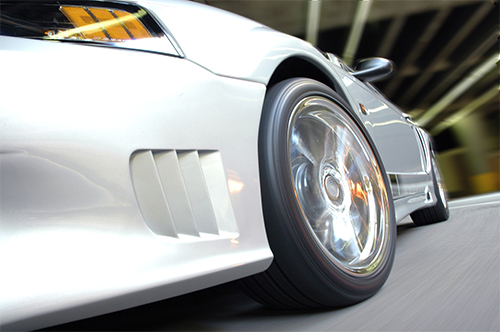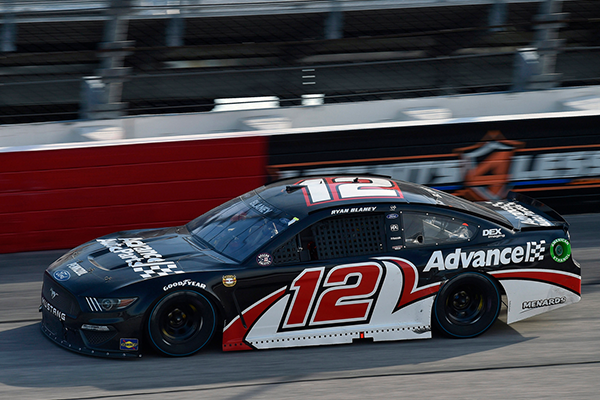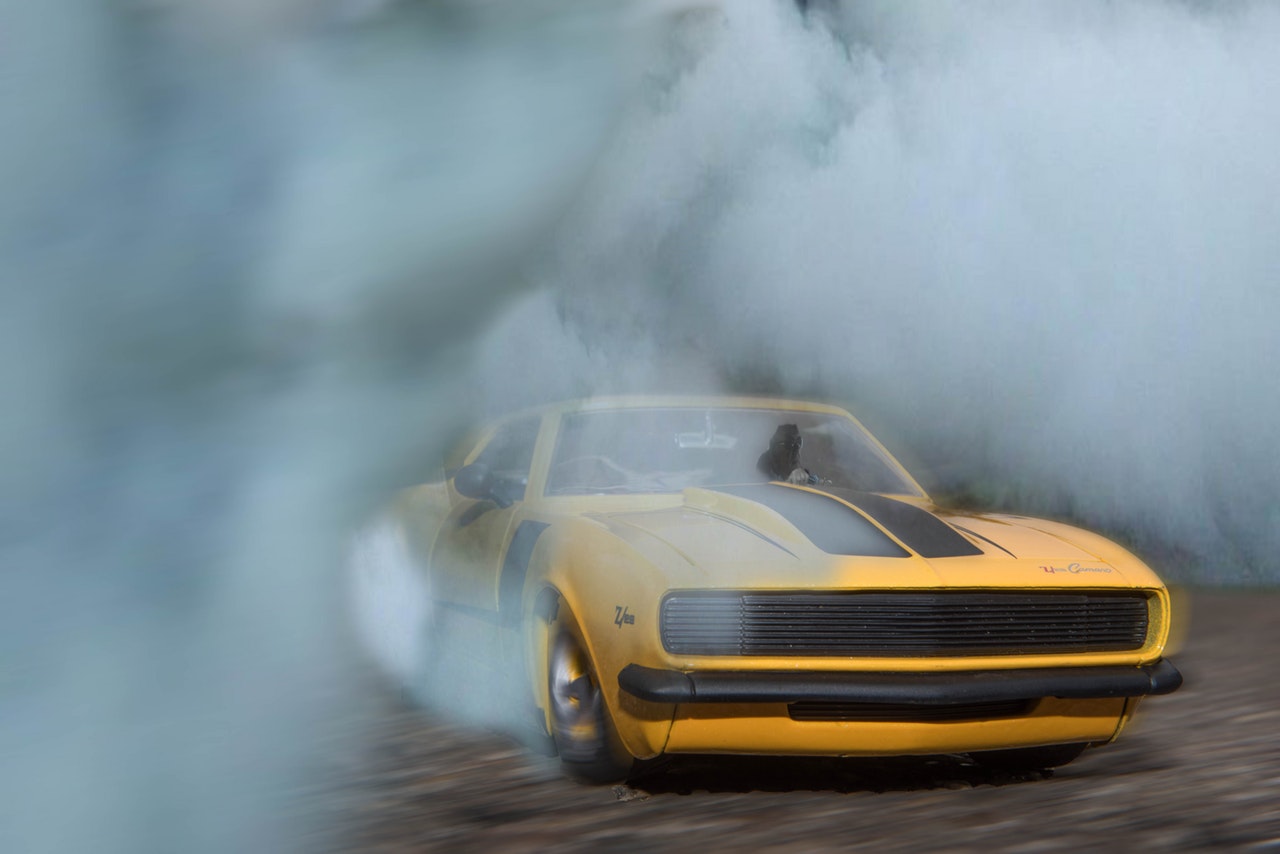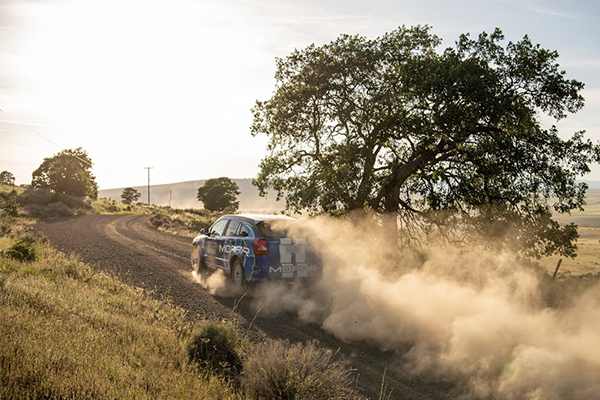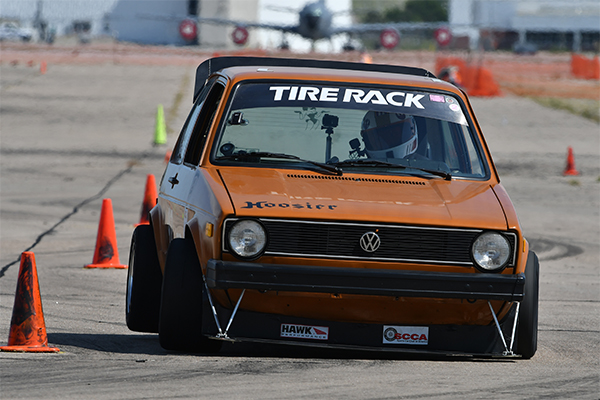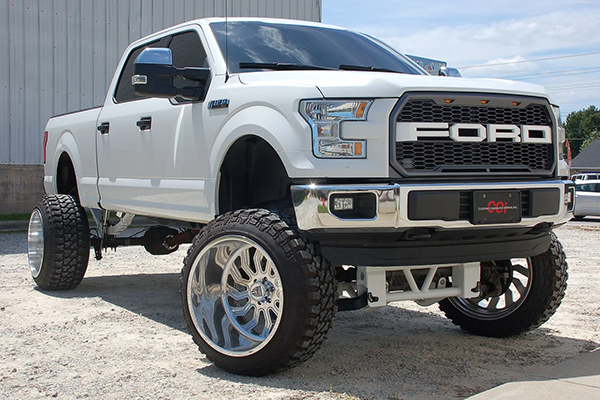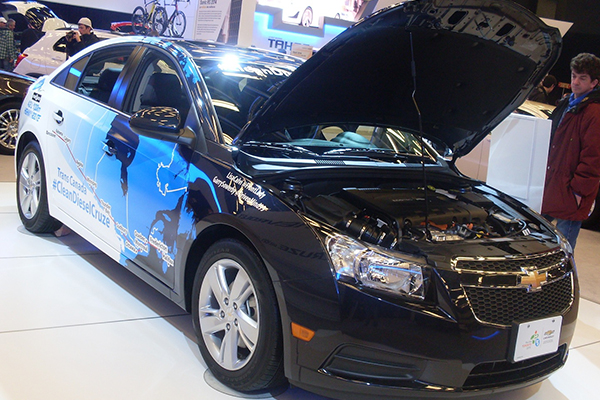Performance vehicles are huge fun until you get used to their level of factory performance — then it's time for upgrades. In the old days, that meant a performance intake, a re-curved distributor, bigger carburetor, fatter cam, high-compression pistons, oversized valves or ported and relieved combustion chambers. In other words, some pretty serious wrench skills.
You may not be up to the task of installing a turbo or a lumpy cam on a late-model vehicle, and that's perfectly understandable. Here are some of the best bolt-on performance modifications you can do to enhance your ride.

Source | Andy Ramdin | Creative Commons
1. Cold air intake
A cold air intake is one of the most popular performance modifications for several reasons. The principle of a cold air intake is that cold air is denser than warm air, and the intake means that you're basically cramming more air into your fuel system.
First of all, it's easy to install, needs only basic knowledge and hand tools and takes under an hour's time. Second, cold air intakes do provide a real benefit in horsepower and torque, and it will improve gas mileage if you keep your foot off the throttle. They are also affordable, starting around $100 and maxing out around $500, and they noticeably clean up the engine bay with reduced pipes, tubes and bends. Finally, it's fairly easy to find cold air intakes that are CARB certified parts, meaning they are a street legal modification, even in emissions testing states. If you're not up to the task of installing a cold-air induction system, even just a less-restrictive air filter can be a help. Newer air filter designs can stop even the tiniest particulates from making their way into your engine while enhancing air flow.
2. Exhaust
Along with aftermarket intakes, an upgraded exhaust system is one of the most common first performance upgrades. A less-restrictive and higher-flowing exhaust can help expel spent exhaust gases, making a big difference in performance. There's a lot of different ways you can go here, with headers and down pipes, high-flow catalytic converters and cat-back and axle-back performance exhaust systems.
The best bet is to stick with established names known for quality exhaust parts, like Flowmaster, Borla, Dynomax, Thrush, and MagnaFlow. Big name exhaust companies produce products that flow better, last longer and limit annoying drone. The cat-back is probably the most common exhaust upgrade, as it can make a dramatic difference in your vehicle's sound, usually weighs less than stock and doesn't void the factory warranty.
3. Suspension
Upgrading shocks, springs, struts, bushings and other performance suspension parts can significantly tighten up your vehicle's handling properties, responsiveness and road manners without too much of a sacrifice in ride quality. Suspension upgrades are awesome for the low-budget modder, as you can buy quality upgrades for as little as $100.
You can also upgrade one section at a time — for example, start with performance springs and shocks, then add sway bars later as the budget allows. Just don't overdo it, since radical suspension modifications can throw off your suspension and steering geometry to a point where you'll have a pretty squirrely vehicle. They can also increase noise, vibration and harshness (NVH). For example, solid metal bushings aren't recommended outside of race cars, but adjustable sway bar end links are an affordable way to improve handling without hurting ride quality or increasing NVH. And yes, like the other mods here, trucks can benefit from upgrading the suspension, too. KYB and Rancho are just two quality names offering suspension upgrades for your truck. You'll get increased off-road capability while keeping a stable on-road ride.
If you don't feel like going that route, a stickier set of tires can do amazing things for your car's handling, road manners, ride quality and noise level. Just bear in mind that stickier tires are made from a softer rubber compound and may have a shorter service life and warranty. Also remember that wider tires can heighten rolling resistance and cut fuel economy, and taller wheels can throw off speedometer readings.
4. Brakes

One of the Corvette ZR1's most impressive features is its 15.5" carbon ceramic rotors and 6-piston Brembo calipers. Within the last 20 years, brake upgrades became just as brag worthy as upgraded engines. It's a rather mature understanding that if it goes fast, it needs to stop fast, too. For the gamers, think of Gran Turismo and Need for Speed. If you spend all your game cash on engine upgrades and ignore the brakes, you're still going to lose.
That's also true in real racing, and great brakes will make you faster around a track. Performance-brake upgrades can include ceramic brake pads, slotted and/or drilled rotors for better ventilation and less brake fade, braided steel brake lines that can deliver more hydraulic pressure to the calipers and even oversized rotors that can slow you down quicker. Brake upgrades don't have to break the bank, and simply using better pads in your daily driver will decrease your stopping distance.
5. Ignition
If you're doing a tune-up, why not upgrade those parts you're replacing? Everything in the ignition system, from spark plugs and plug wires, to ignition coils and distributors, can be upgraded for increased power. Other benefits include a stronger spark making a more thorough combustion, for less emissions and potentially some fuel savings. While electrical engineering is an incredibly difficult course of study, you won't need any of that here since swapping out ignition components is fairly straightforward.
6. PCM Tuning
If you're under 30, you might think a "performance chip" is a high-energy potato snack. Back in the '80s, you could open a vehicle's PCM and pull out the dedicated engine module (“chip") and replace it with a performance unit from a company like Hypertech. They still sell those for modern classics running OBD-I, but for modern OBD-II vehicles, we use dedicated tuners to reprogram the engine computer, tweaking fuel delivery, timing, transmission shift points and other performance parameters. These setups are especially popular on diesels, with kits that can actually change these factors on the fly. On a gas engine, a 5 to 15 horsepower gain is normal with no other mods. On a diesel, you can sometimes see over 100 horsepower gains — all from an install that takes five minutes and doesn't require lifting the hood.
Installation consists of connecting to the vehicle's OBD-II port, powering the tuner on and following the on-screen instructions. While tweaking the computer can invalidate a warranty (careful!), it's just as quick and easy to reset everything back to factory specs again.
Have a favorite single modification you've done? Or have any questions about the upgrades above? Feel free to drop them in the comments below.






